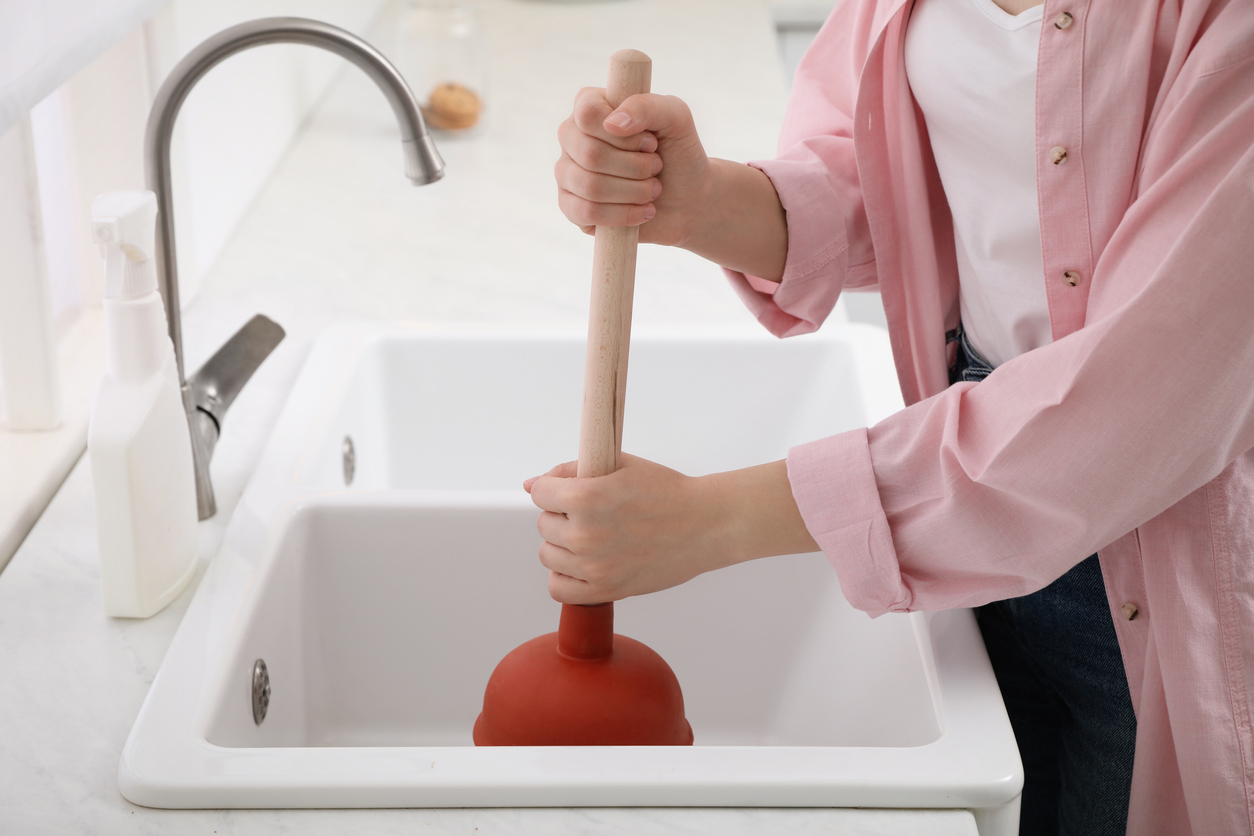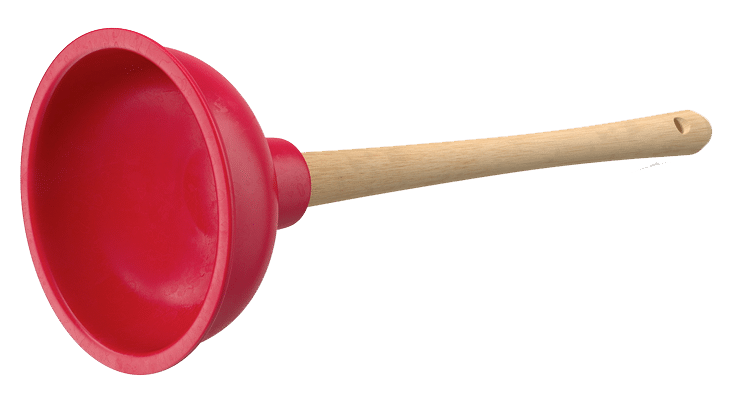Each person may have their own unique theory involving A Guide to Plungers (and How to Use Them).

Intro
Proper upkeep of household drains is necessary for preventing clogs and ensuring smooth water flow. Among the trick tools in every homeowner's toolkit is the plunger, together with different drain cleaners developed to deal with stubborn obstructions properly. This post explores how to utilize bettors and drain cleaners successfully to maintain your drains flowing easily.
Area 1: Recognizing Bettors
Types of Plungers
There are several types of plungers readily available, each created for various kinds of drains and obstructs. One of the most typical types consist of cup plungers, flange bettors, and accordion plungers.
Just How Plungers Job
Plungers work with the concept of creating stress and suction to remove clogs. When correctly used over a drain, they develop a vacuum that can pull out debris or separate obstructions.
Choosing the Right Bettor
Selecting the ideal bettor depends on the kind of drainpipe and the nature of the blockage. Mug bettors are optimal for sinks and bathtubs, while flange bettors are much better matched for toilets because of their style.
Typical Blunders with Bettors
Staying clear of these mistakes guarantees efficient plunging: incorrect seal around the drain, inadequate force, and not clearing surrounding debris.
Area 2: Making Use Of Plungers Properly
Prep work
Prior to plunging, guarantee the plunger covers the drainpipe entirely and develops a tight seal. Clear any kind of noticeable particles around the drain opening.
Technique
Beginning with gentle plunging motions to build suction. Boost stress gradually, using a constant rhythm. Repeat as necessary until the drain gets rid of.
Troubleshooting Tips
If diving doesn't function, try adjusting the seal, applying petroleum jelly for a much better seal, or making use of a different type of bettor.
Area 3: Comprehending Drain Cleansers
Sorts Of Drain Cleaning Company
Drain pipes cleaners can be chemical or enzymatic. Chemical cleansers make use of strong chemicals to dissolve blockages, while chemical cleansers make use of all-natural enzymes to break down organic matter.
How Drain Cleansers Work
Chemical cleaners respond with blockages to dissolve them, while enzymatic cleaners break down natural products like hair and oil without hurting pipes.
Security Factors to consider
Always use gloves and eye defense when making use of chemical drain cleansers. Make certain ample air flow and comply with supplier instructions thoroughly.
Eco-Friendly Alternatives
Think about using vinegar and cooking soda or enzyme-based cleaners for environment-friendly choices that are safer for pipelines and the environment.
Area 4: Utilizing Drainpipe Cleaners Properly
Application Techniques
Put chemical cleaners straight right into the drain opening. Permit them to work for the suggested time prior to purging with hot water. Enzymatic cleaners should rest overnight.
Safety measures
Avoid blending various types of cleansers, as this can produce poisonous fumes. Never use chemical cleansers in conjunction with a bettor, as spilling can happen.
Taking Care Of Persistent Obstructions
For relentless obstructions, take into consideration making use of a pipes serpent or calling an expert plumbing technician to avoid damage to pipes.
Conclusion
Finally, recognizing exactly how to use plungers and drainpipe cleaners effectively is crucial for maintaining healthy plumbing systems. By choosing the right tools and methods, property owners can take on small obstructions and prevent major plumbing concerns down the line.
How To Properly Use A Plumbing Snake To Clear Drains
When any drain clogs in our home arise, we tend to gravitate toward the plunger and little else. In cases where the plunger and its vacuum-created pressure are not able to clear clogs, many immediately move to harmful chemicals or simply call their plumber to fix the issue.
we’re happy to help with all drain cleaning needs and concerns. This includes informing you on a few other home remedies you may have at your disposal for minor to moderate clogs, one of which is the use of a plumbing snake. Many people have never used one of these before – let’s go over the steps to take when your drain clogs and you have a plumbing snake available.
Attempt Plunger Use
The first step here, as we noted above, should indeed be to grab your plunger when you notice a drain clog and attempt to resolve it this way. If you’re unsure how to use a particular type of plunger, our plumbers can answer any questions you have. If this doesn’t do the trick, however, you move on to the snake.
Locate And Prepare Snake
A plumbing snake is a metal or plastic device that’s generally about a quarter of an inch thick. It’s design with significant extensions, meant to reach down into your clogged drain and push the clog out. Snakes also contain drain augers that will latch onto and push stubborn blockages.
If your plunger doesn’t clear a clog, locate your snake and bring it to the drain in question. We also recommend keeping a bucket nearby to collect the clog once you pull it out, plus we’d advise wearing goggles and possibly protective gloves.
Feed Snake
Once you’re ready to go, feed the snake slowly down the drain, using the crank device it comes with to keep it moving until it finds the clog. Once this happens, much of the clog will be latched onto the coil so you can pull it out, while the rest will simply break up and flow downward.
Detach Debris
Remove the snake slowly from the drain, and once you’ve done so, pick off any debris that’s stuck to the coil. This is another area where wearing gloves is a must.
Flush Drain
Finally, take a few minutes to ensure the snake has done its job correctly. If you’ve been using it on a toilet, flush the toilet a couple times and make sure everything flows well. If you’ve used it on a different drain, flush it with some room temperature water.
https://www.mybuddytheplumber.com/blog/how-to-properly-use-a-plumbing-snake-to-clear-drains/

As an enthusiastic reader on , I think sharing that piece of content was really helpful. Sharing is nice. Helping people is fun. Kudos for your time. Come back soon.
Start Now
Comments on “How to Perfect Plungers and Drain Cleaners: Specialist Tips”